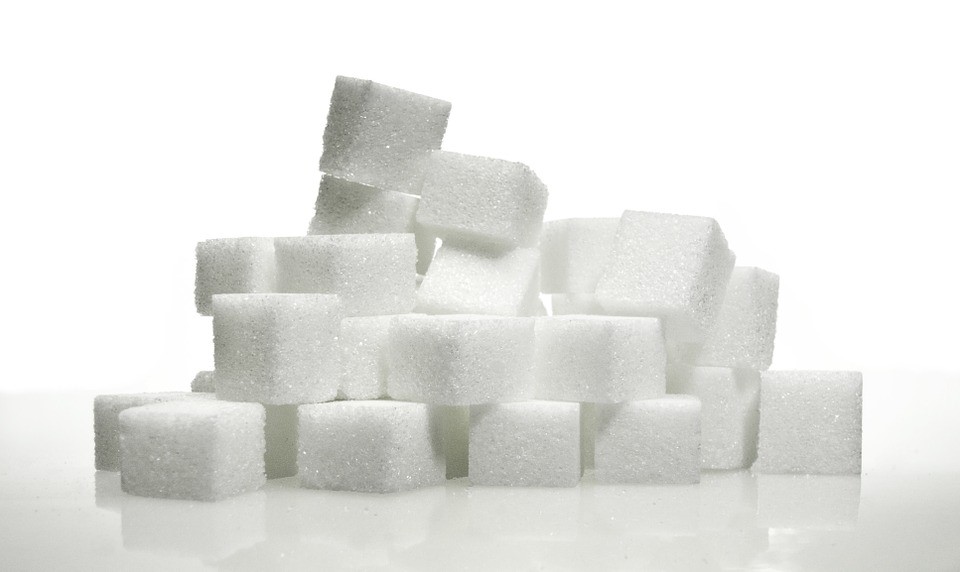In continuation of American Heart Month, we’re taking a look at a culprit of heart disease that hasn’t spent as much time in the spotlight as fat and sodium: added sugars. Added sugars are the sugars and syrups added to foods during processing or preparation. There are natural sugars found in foods like fruit or dairy, but these don’t count towards added sugars. This Apple Bread recipe is a good example of using naturally sweet foods.
A recent study suggests that eating too much added sugar is associated with a higher risk of cardiovascular disease. The best way to tell if a food contains added sugars is to look at the Nutrition Facts label and read the list of ingredients. Look for:
| anhydrous dextrose
brown sugar confectioner’s powdered sugar corn syrup corn syrup solids dextrose |
fructose
high-fructose corn syrup (HFCS) honey invert sugar lactose malt syrup |
maltose
maple syrup molasses nectars pancake syrup sucrose sugar |
How much added sugar is okay?
According to the study, most Americans consume an average of 22 teaspoons of added sugar every day! Sugar-sweetened beverages are the largest source. The American Heart Association recommends:
- No more than 6 teaspoons or 100 calories a day of sugar for most women.
- No more than 9 teaspoons or 150 calories a day for most men.
Think you can create a day of meals while staying under the recommended limits? Take this New York Times Challenge and test your skills!
Written by Adriene Worthington, RD, LDN
#hearthealth, #ingredients, #sugar

